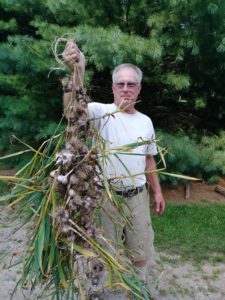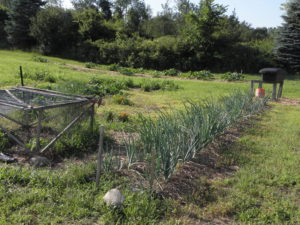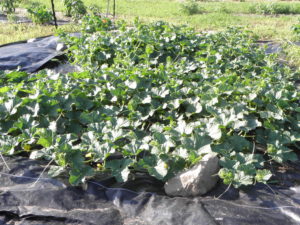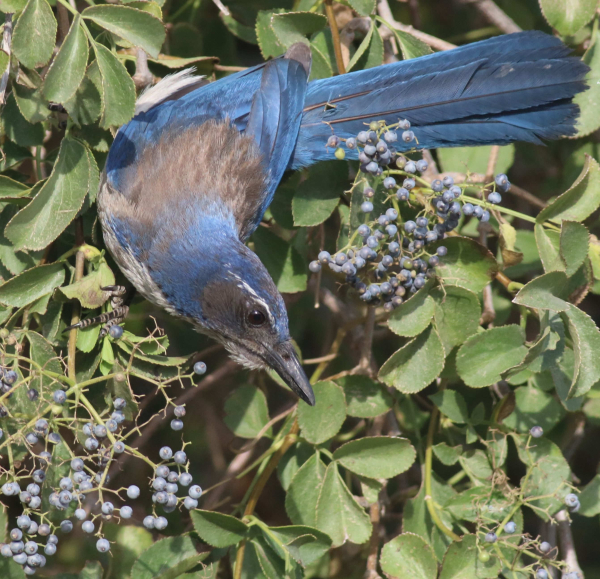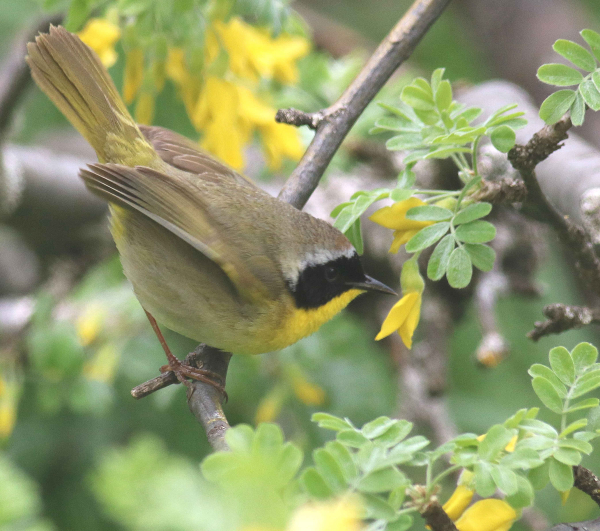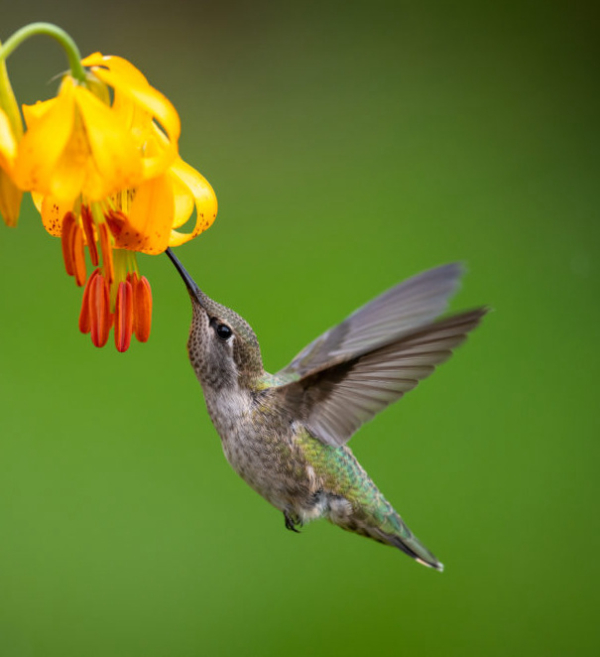Gardening Off the Grid
By Glen Wunderlich
Growing fruit and vegetables in a remote-area garden has been challenging over the years. Mother Nature plays a big role in success or failure of such an endeavor, but this year has proved to our best effort to date to fend off wild animals from taking part in any bounty.
Learning what deer, rabbits, and myriad other creatures crave is relatively easy to determine. If plants vanish or are otherwise damaged or destroyed by voracious vermin, any successful gardener must take action to salvage anything for him or herself. Here are some tips for the do-it-yourselfers.
Choosing a site for its rich, sandy loam soil was priority number one, but because it was off the grid, watering would be a challenge. The first year, we figured we could catch rain water in barrels and transport it to the site, but it didn’t take long to discover how impractical the concept was. The challenge was met by installing a pitcher pump at the garden site, and although some extra effort is involved, it has been a good answer – even last June when drought conditions would have wiped out the plants.
The next challenge would be to keep uninvited critters from helping themselves to our supply of fresh food. And, this would be no easy task, insofar as the garden site was right there with food plots to attract wildlife – especially deer. A solar-powered electric fence charger and several strands of electrified wire kept the wily whitetails away all summer. Never once were there any signs of deer browsing a single plant.
However, the fence had to be taken down to prep the soil for this year’s experiment, and it was decided not to install it this season. The reason was simple: Since we’ve learned what deer really like, we simply avoided planting anything that would attract them.
Garlic was planted last November and much to our delight, 70 plants have already been harvested.
Potatoes were planted during the heat wave of February and have gone unmolested. Onions got an early start, as well, and should be ready for harvest within the next few weeks.
Pumpkins, watermelons, and cantaloupes are thriving – also without protection.
We have had some damage to pumpkins over the years, as they begin to mature, but by then its harvest time and little is lost.
For melons we’ve used woven weed blocking fabric around them and it appears to be a type of deterrent, as well. My hunch is that it may spook the deer under foot, and to this date not one deer hoof print has been found in the expansive space.
Rabbits, on the other hand, always found their way through strands of electrified fence and wiped out dill, cabbage, broccoli and other vegetables. Instead of fighting them, a small wire cage with a removable top was constructed to house their preferred foods and has done the job.
As far as tomatoes, beans and other favorites not planted, the local farmers’ markets have been good reliable alternatives to fighting and losing. The end result is that the frustration level has dropped by working smarter – not harder.

